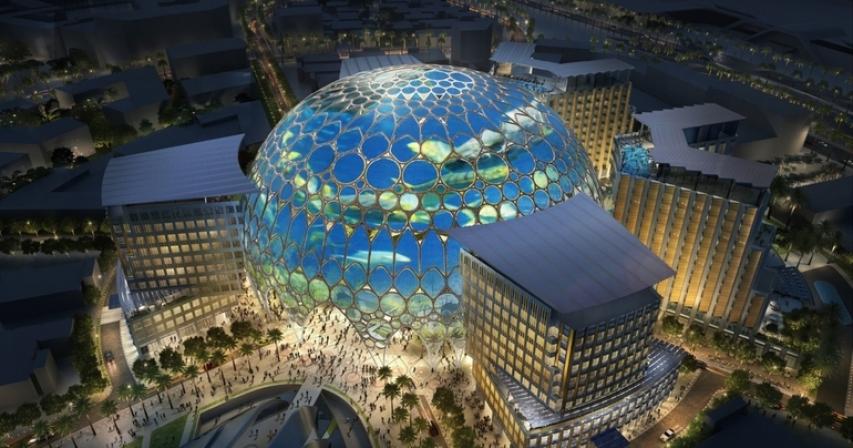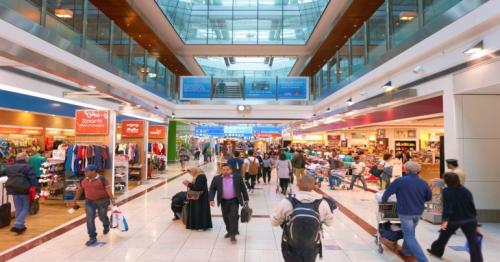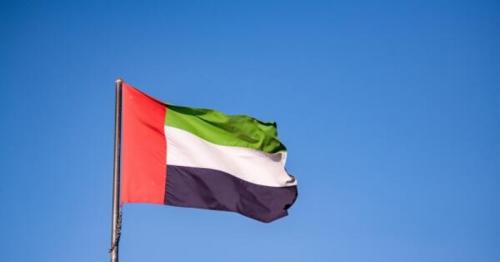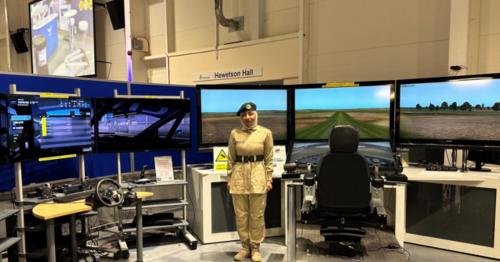Dubai Expo 2020 out to show how an eco-lifestyle really works

One of the three thematic pavilions, the sustainability structure is entirely self-sustaining - producing its own energy and water.
The unique design and features of Expo 2020's Sustainability Pavilion aims to educate visitors on climate change and how an eco-friendly lifestyle can be adopted on a large scale.
One of the three thematic pavilions, the sustainability structure is entirely self-sustaining - producing its own energy and water. It includes a building that's fitted with 1,055 solar panels, which help generate 4GWh of energy per year, equivalent to the amount of energy needed to charge 900,000 mobile phones.
Other features include 17 various-sized solar trees with motors that follow the movement of the sun; a greywater recycling system that reduces water use in landscape by 75 per cent; and an innovative building canopy design that harvests energy from the sun. It has also been built with reused construction material.
The structure of the building is now complete and the environmental system is being added inside, said Andrew Whalley, chairman of Grimshaw Architects, the UK-based firm that designed the pavilion.
"We designed the pavilion about three years ago and, at that time, we were very aware of climate change," Whalley told Khaleej Times.
"But I think the general awareness of the climate crisis has become much more evident even in the last 24 months or so. And, in particular, with a younger generation, who is demanding change.
"I think it's great timing because everyone's keen for a change and they're looking for it. And the pavilion itself explores much broader issues related to the planet as a whole. We worked with the Stockholm Resilience Centre on using their planetary boundaries, which describes all the pressures that are placed on the planet from certification of the oceans, plastic pollution in the oceans and the climb of the climate crisis."
Whalley hopes that visitors of the Sustainability Pavilion - also called Terra - will leave with questions and greater awareness of the kind of impact climate change has on the planet.
Nature-inspired
Nature was one of the main ins-pirations behind the design of the pavilion and has been used in unique elements throughout the structure.
The canopy of the building in the pavilion was inspired by the UAE's national tree, the Ghaf.
"The shape of the canopy is of a ghaf," Whalley said. "It's like that tree because it's actually providing shade. It's just hovering over the whole site and providing shade to everyone on the roof, in the courtyard, and below."
A series of computer analyses and wind tunnel testing also went into its design, he added.
"This way, it helps pull in the breezes, through the carpet, through the courtyard and back out again. It helps cool the space below."
Whalley believes the design can also be used on a grand scale. "A lot of the systems that will be explained to visitors as they go through them can be adopted in any building," he said.
"Many of those technologies to ensure it's net-zero remains a commitment in our practice within the decade. It's something that the United Nations has actually asked all architects to try and achieve because the only way we can avert the looming crisis that we have is for all new buildings to be net-zero from 2030."
A net-zero building is one that is highly energy efficient and fully powered from renewable energy sources.






Comments